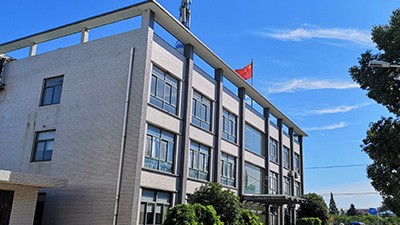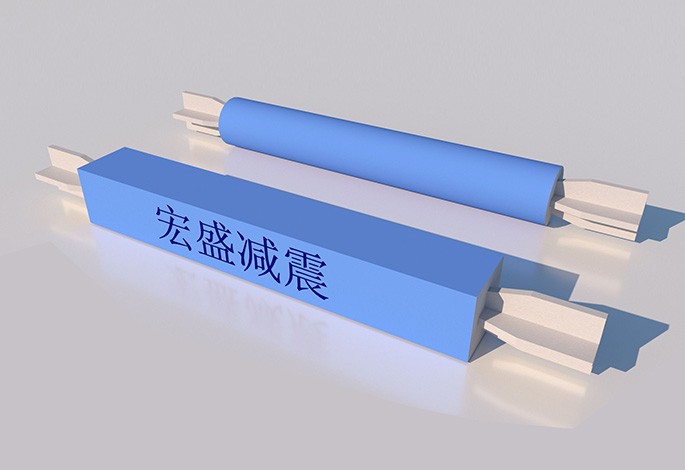1. Working Principle
Buckling restrained energy dissipation brace, also known as" Buckling Restraint Bracing" Or" Energy consuming support". The basic principle of its work is that the internal force of the member is borne by the core material located in the support center, and the core material will yield and dissipate energy under the axial load, while the peripheral buckling constraint mechanism (steel tube or steel tube concrete) will restrict the bending of the core material in the restraint support center, so as to avoid the buckling of the core material before the compression and yield.
Because of the Poisson effect, the core material will expand when it is pressed, so a layer of non cohesive material or very narrow air layer is set between the core material and the filler (mortar, formula concrete, etc.), which can reduce or eliminate the force transferred to the filler (mortar or concrete) and the outer sleeve when the core material bears the axial force, that is, the peripheral restraint mechanism does not bear the axial load.
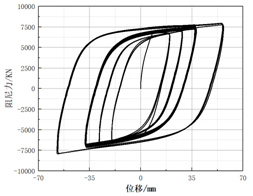
2. Composition
The structural composition of buckling restrained energy dissipation braces can be divided into two aspects: transverse and longitudinal.
The transverse composition is divided into three parts: core element (yielding steel core), restraint element (steel sleeve) and sliding mechanism element (also known as non bonding layer).
The core element can be made of steel with different yield strength. It is the element mainly bearing force and consuming energy. The section form can be straight, cross, H-type, etc.
The constraint element provides a constraint mechanism for the core material without bearing the axial load, so as to prevent the overall instability of the core element when it is compressed.
Sliding mechanism unit or unbonded layer is usually composed of rubber, polyethylene, silica gel, latex, etc.
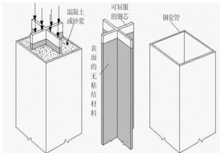
Figure 1: Structural Diagram of Buckling Restrained Energy Dissipating Braces
3. Performance Test
The performance test and performance index of buckling restrained energy dissipation brace products shall meet the provisions of 12.3 in the Seismic Code for Building Structures (GB50011-2010) and 6.4 and 7.4 in the Energy Dissipation Damper for Buildings (JG/T209-2012).
The inspection standard for buckling restrained energy dissipation brace products shall be in accordance with Article 12.3 of the Seismic Code for Building Structures (GB50011-2010) and Article 8 and 9 of the Energy Dissipation Damper for Buildings (JG/T209-2012).
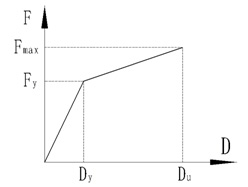
Figure 2: Diagram of mechanical performance curve of buckling constrained energy dissipation brace
In the figure:
Fy:Yield Damping Force;
Fmax:Maximal Damping Force;
K1:Elastic Stiffness;
K2:Second Stiffness;
Dy:Yield Displacement;
Du:Ultimate Displacement.
4. Product representation and specification parameters
The commonly used buckling restrained energy dissipation braces are divided into the combination of steel sleeve and mortar (or concrete) to provide the restraint type according to the restraint mode, and the code is C; All steel structure constraint type, code number is S.
The mark of buckling restrained energy dissipation support consists of product name BRB, classification code, yield bearing capacity (KN) and yield displacement (mm).
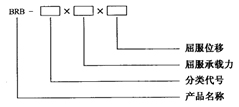
For example, a buckling restrained energy dissipation brace with a yield bearing capacity of 2500KN and a yield displacement of 1.5mm, which is provided by a combination of steel sleeve and mortar, is marked BRB-C× 2500× 1.5.
5. Product connection method
There are three main connection modes of buckling restrained energy dissipation braces: welding, bolt connection and pin connection.
Welding is usually used in China because it is relatively simple, convenient and cost-effective.
Bolt connection is troublesome and requires high precision.
The pin shaft connection mode is beautiful and has a sense of architectural art, but it is expensive and requires high processing and construction accuracy.
6. Product Selection
Our company has the ability to research, develop, design and produce various buckling restrained energy dissipation braces with a yield bearing capacity within the range of 100KN-10000KN, and customers can choose any one within this range If you have other special requirements, you can communicate with our relevant technicians

